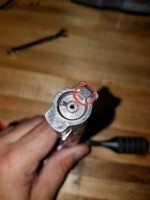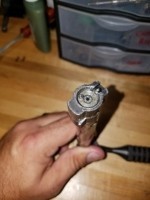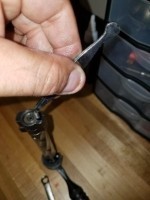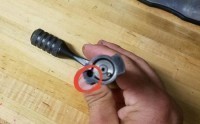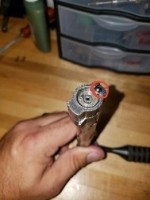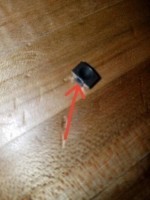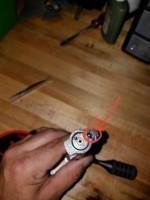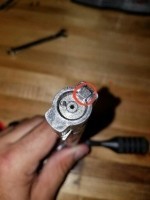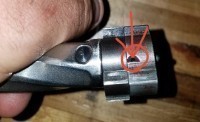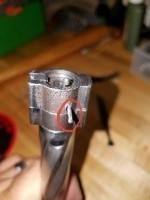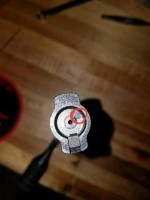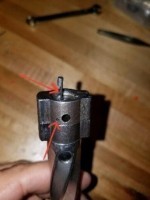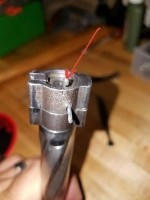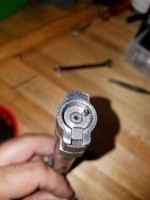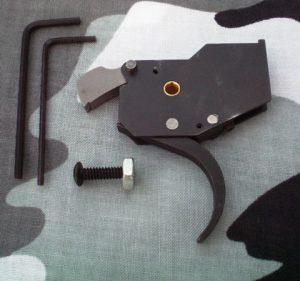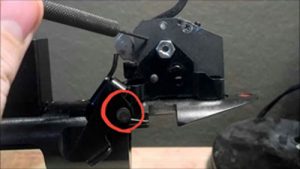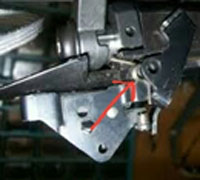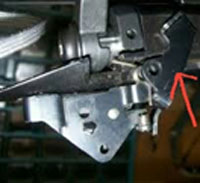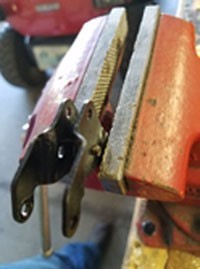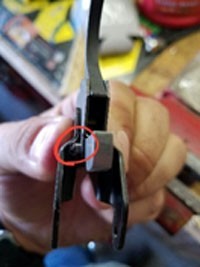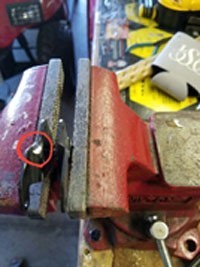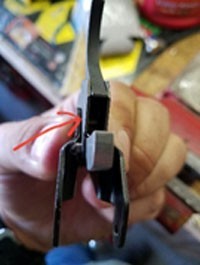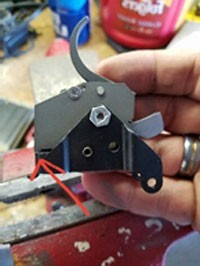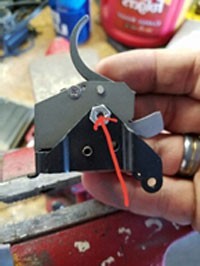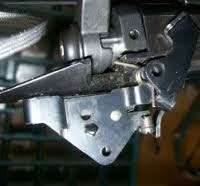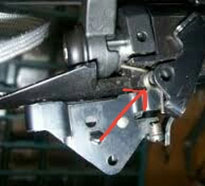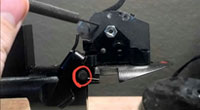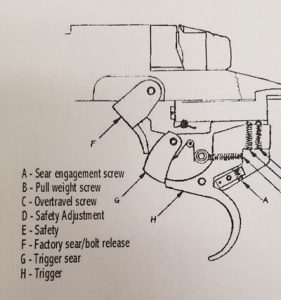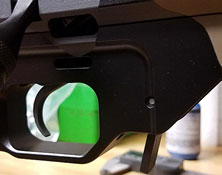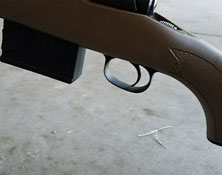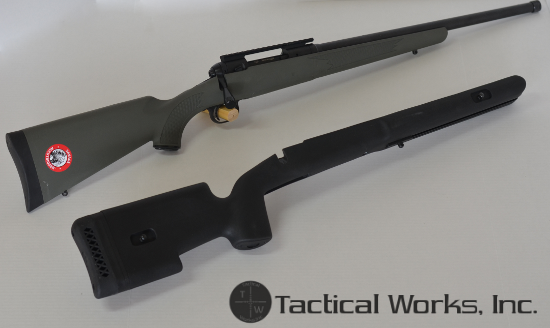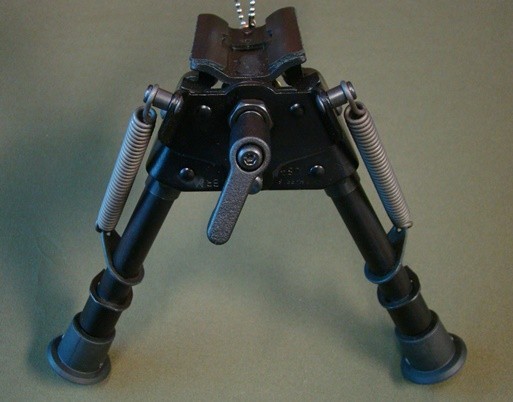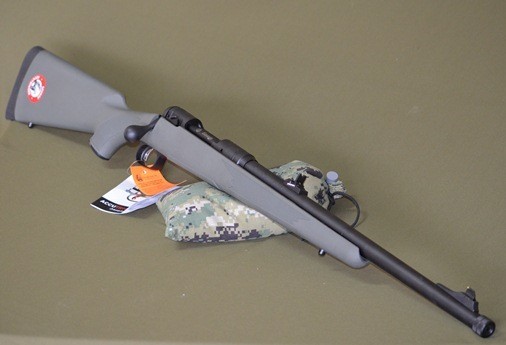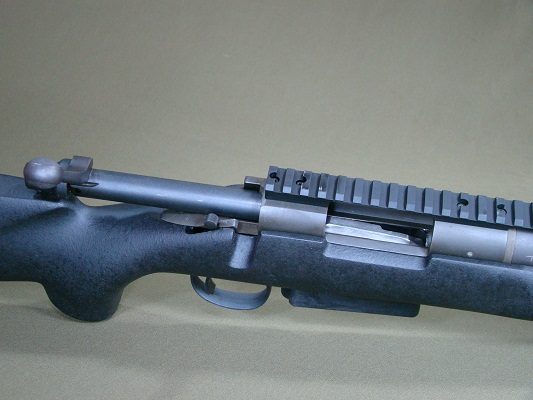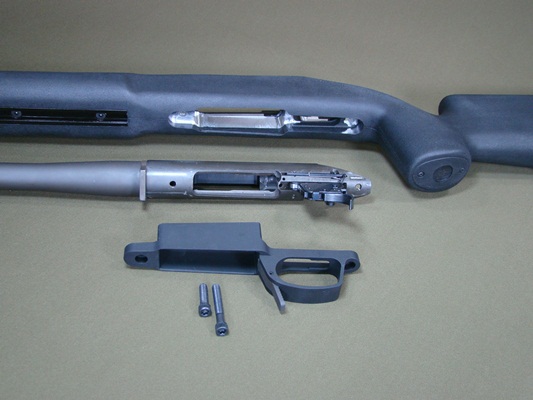Installing the Savage Improved Extractor Kit
Posted in DIY, New Kit, Product Reviews, Savage on December 1st, 2017 by Preston Lewis
Warning!
Before starting work on any firearm be sure that the firearm is clear. Do not touch the trigger until the firearm has been cleared. Inspect the chamber to ensure that it is clear of ammunition and that there is no ammunition positioned to be chambered. Do not keep live ammunition near your workspace. Once you have checked the firearm, check it again!
Tactical Works, Inc. takes no responsibility for the accuracy and/or safety of this “how to”. This post is simply for your reading enjoyment. Before shooting any firearm have it inspected by a qualified gunsmith.
In this Do-It-Yourself Tutorial, we will be installing the Savage Improved Extractor Kit.
List of tools you need to accomplish this installation successfully.
- Clean Workspace
- Tweezers
- 1/6″ punch
- Small mallet
- Small flathead screwdriver
- Compressed air or canned air
- 4″ piece of packing tape
- Gun oil
- Good set of eyes (joking but for real!)
This kit consists of a modified extractor, larger extractor detent ball, and custom ejector and ejector spring.
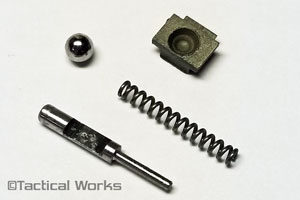
*Some of the installation pictures show the original kit parts. The new kit parts (pictured above) may look slightly different but the installation steps are the same.
Step 1: Remove the bolt from your rifle.
Step 2: In this step, we will be removing the OEM Extractor from the bolt head. Take your flathead screwdriver (make sure it is small enough to fit in the slot in front of the extractor) and place it flat against the extractor. With a small amount of pressure, push the extractor toward the outside of the bolt face as shown in Figure 2-1. Make sure while you are pushing the extractor that you keep a hand over the bolt face because the detent ball underneath the extractor will shoot out if you’re not careful. See Figure 2-2.
Step 3: Once the extractor is clear of the bolt and the detent ball is captured, use your tweezers to pull the spring out of the blind hole. See Figure 3.1. Lay the OEM extractor and detent ball on the piece of tape as shown in Figure 3.2. Lay the spring to the side as you will reuse it with the new extractor. Figure 3.3.
Step 4: Once the spring is removed from the blind hole, take your air compressor or canned air and blow the blind hole out to get any residual dirt, dust or grime out. Apply a few drops of gun oil into the hole as well as on the spring and place the spring back into the blind hole (either direction, doesn’t matter). See Figure 4.1.
Step 5: Place the new (larger) detent ball on top of the spring. It should sit on the spring sticking out above the bolt face. See Figure 5.1.
Step 6: In Figure 6.1, notice the new extractor plate. The detent ball indention faces the bolt and the extractor lip faces the inside of the bolt face.
Step 7: Slide the new extractor into the slots in the bolt head until it contacts the detent ball as shown in Figure 7.1. Use your small flathead screwdriver and carefully push the detent ball down below the surface of the bolt face and slide the extractor plate in over the detent ball simultaneously. You will hear it snap into place. See Figure 7.2.
Step 8: Look for the ejector pin hole on the opposite side of the bolt as the extractor. This pin only comes out one way and only goes in one way. You will see an inlet on the top of the bolt head. This is the side where you will insert your punch. See Figures 8.1 and 8.2 for pin removal direction. Use your 1/16″ punch and insert it into the hole. Lightly tap the pin out of the bolt head until the pin is clear of the bolt head. Cup your hand over the bolt face and pull the punch out in the opposite direction.
Note*** Be sure that you capture the ejector rod and spring when you extract the punch as it is under pressure and will projectile if your hand is not over the face of the bolt.
Step 9: Again, use your air compressor or canned air to blow out the ejector rod hole making sure to get any trash or sand out. Apply a few drops of gun oil into the hole and the new ejector spring as shown in Figure 9.1.
Step 10: Install the new ejector spring onto the new ejector rod. If you look at the ejector rod (as shown in Figure 10.1) there is a slot cut out on one side of the rod. Position the “cutout” facing toward the small extractor retention pin. Once you have the cutout in the ejector positioned correctly toward the pin, insert the ejector and spring into the blind hole.
Step 11: This next step is a little tricky…. Use your thumb to depress the ejector into the hole while simultaneously pushing the pin into the retention hole. Remember that the pin can only be inserted one way. See Figure 11.1.
Step 12: Once the pin is in place, push the ejector down a few times to make sure that is functions correctly and doesn’t bind. See Figure 12.1
Step 13: Install the bolt back into the action and cycle it forward and back. Hand feed an EMPTY case into the chamber and close the bolt. Cycle the bolt. Cycle the bolt rearward and make sure that the case ejects and kicks away from the gun. If this is successful, YOU ARE FINISHED!
**Note: Sometimes with installation you will find your bolt is hard to close. With the new parts being all stainless steel they are stiffer and may need some help mating up and breaking in. If you experience this problem you will need to place an EMPTY CASE in the chamber and slam your bolt. You may have to work your bolt to loosen it and may need to cycle it as above several times (sometimes upwards of 100 times). Then you should be good to go. As always just call or email us with any questions or concerns.
The Savage Improved Extractor Kit is a great upgrade to your Savage 10/110 and Savage Axis rifle. With this kit, you won’t have to worry about hung cases or failure to extract anymore. And it will kick the cases further away from the gun.
You’ll be glad you spent the time to install this kit. It really adds a piece of mind knowing that your rifle is going to eject without a doubt whenever, wherever.
As always,
See you on the range!!
Preston




